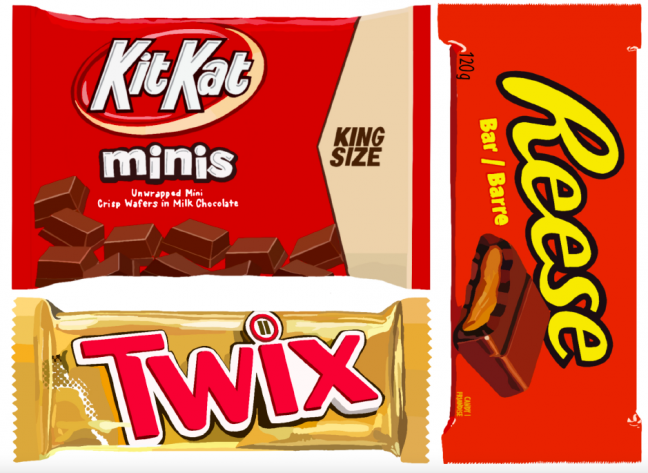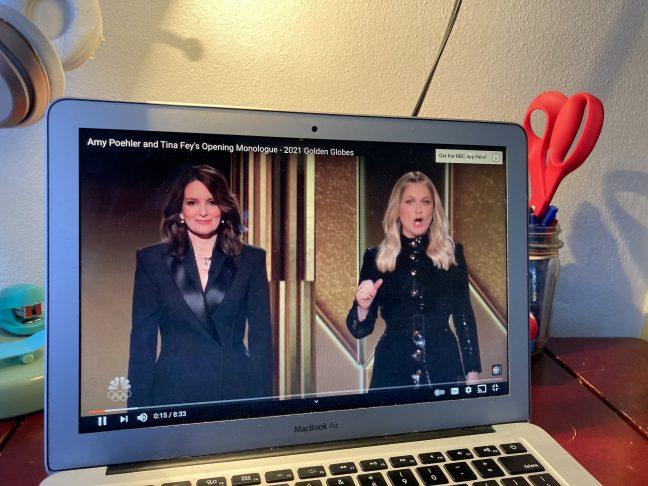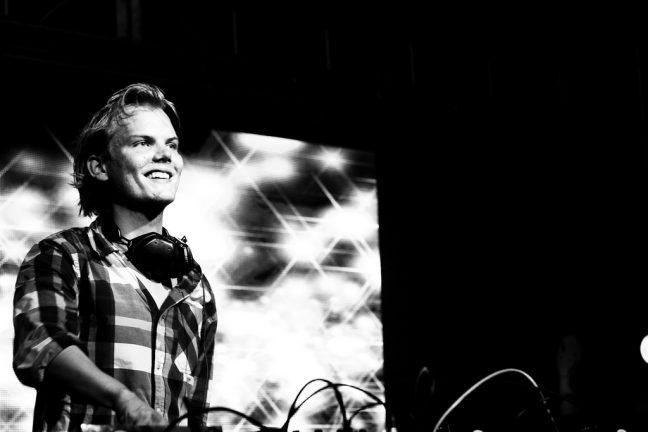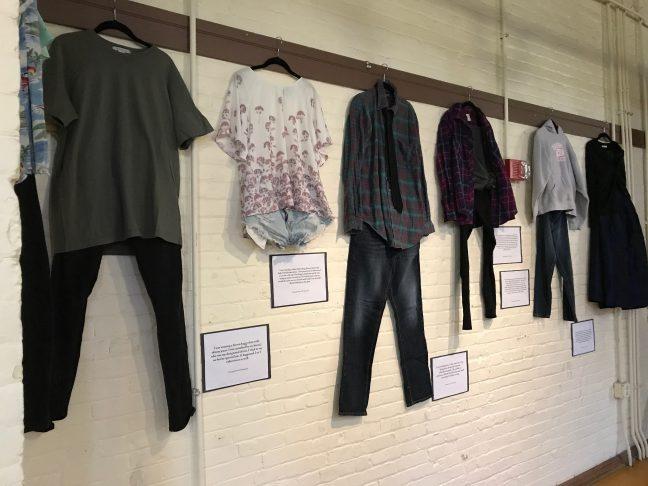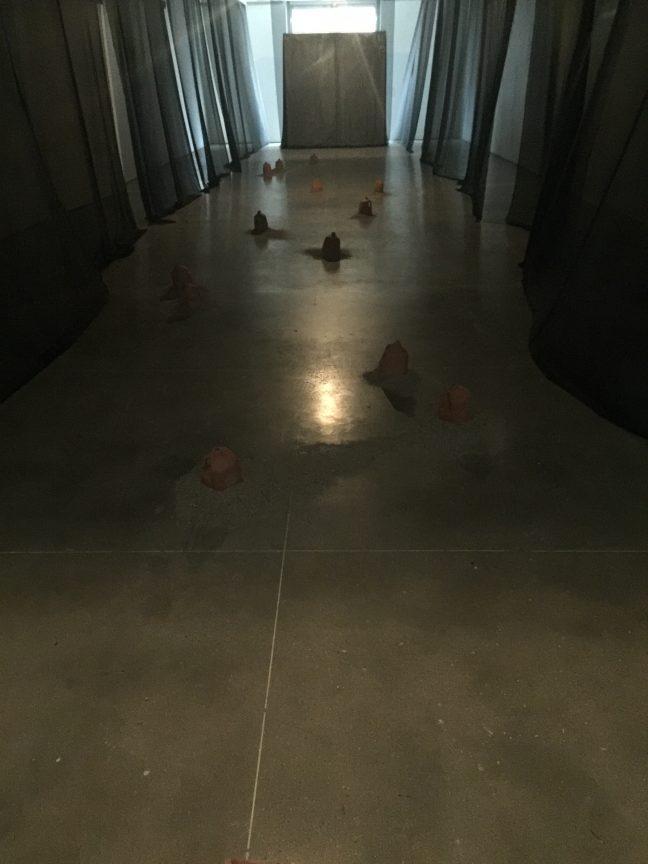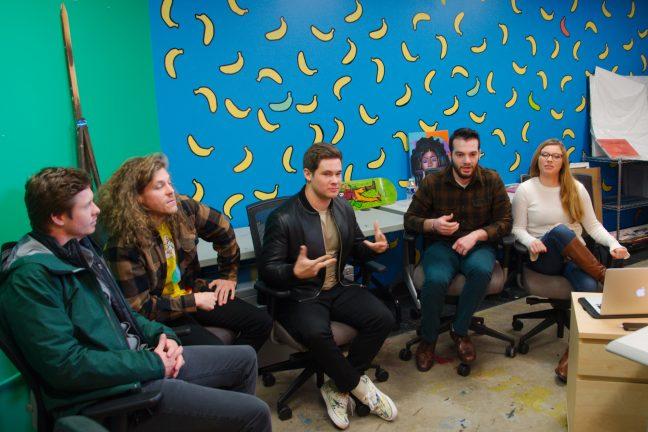
Style. Wit. Poetry. Self-expression. These terms have all been associated with the hip-hop art of Spoken Word. Toss in “education,” “community,” and “scholarship” to describe First Wave, a program under the Office of Multicultural Arts Initiative (OMAI) at UW-Madison.
Just what is First Wave? In black and white, it is a scholarship program at UW-Madison that supports students excelling in spoken word as an art form. Young artists are recruited from poetry slams across the country to pursue academics in Madison, while remaining active in the art form that brought them here.
Chris Walker, First Wave’s Artistic Director, emphasizes the value of continuing one’s artistic passion beyond high school. “[The art provides] a pathway to excellence, and it’s certainly an opportunity to continue something that speaks their value. Whether it’s writing, or dancing, or music, or whatever it is, it’s about their ability to continue that expression while here in college.”
Any artist will agree, inspiration is impossible without experience. This is why the ability to pursue a passion in a new setting is essential to its development. Academics and art tend to reinforce each other in more ways than a few. While the two go hand in hand, Walker notes that these artists are students first.
“Performance serves a personal role,” he says. “It gives them a certain amount of confidence to go about accessing what are traditional forms of education with a sense of ownership. I find that students are more likely to ask questions in these regards. They are more likely to question what is presented to them because that is what creating art is all about. It’s problem solving.”
Such intertwining reinforcements are where the black and white description fails. Through performances, workshops, and the college atmosphere, First Wave students unknowingly gain tools for success. The principle is reflected in a freshman workshop, which begins with exercises to get the mind sparking and the body breathing, while warming up to the art with fluid descriptions. For example, one exercise has them describing another student’s day with facial expressions as the only cues. In fact, several of the program’s goals are realized below the student’s conscious awareness.
First Wave maintains a strong community service agenda, manifested directly in the artwork itself, as Walker explains, “Sometimes people think you have to go beyond the presentation of the art to have an effective service, and you don’t always.” Walker compares it to a hip-hop cousin of spoken word, graffiti art, where community service is as simple as planting a seed of thought. “You drive by and the impact is there, the image is there, making a point. And you continue to process that information, and it’s in your power to see how that information can make change happen.”
This concept of sharing responsibility with the audience is reflected in the multimedia form of “applied theater.” Requiring no stage props, it thrives on the communal energy among performers and the audience. The artist aims to communicate with the audience, thereby sharing their message, rather than preaching. And the focus on space, words, and bodies as a medium means that on any given day, in any locale, “audience member” and “passerby” can be synonymous.
As with any artwork, the behind-the-scenes development is an enormous feat reflected in the finished product. They make it look easy, but it is a long road to get to that point. Currently, the major event in the First Wave’s sights is called “Passing the Mic,” and will be held Sept. 30 through Oct. 2. It will feature the First Wave students as part of an inter-generational showcase of poetry, hip-hop, and spoken word. First Wave is the first and only university program of its kind in the nation, which suggests Passing the Mic will not be short of talent and energy.
The movement has just begun, and expansion is imminent, says Chris Walker. “If we want to be selfish about it, yes, we could just keep it here. But we’re not selfish about it. We are not really serving the community unless we are thinking about how to extend and expand it to other campuses.”
The message is clear. First Wave and OMAI are pushing for a brighter future, not just for a few students who receive scholarships, but for each and every community. The size of the community is yet undefined, like the art form itself.


